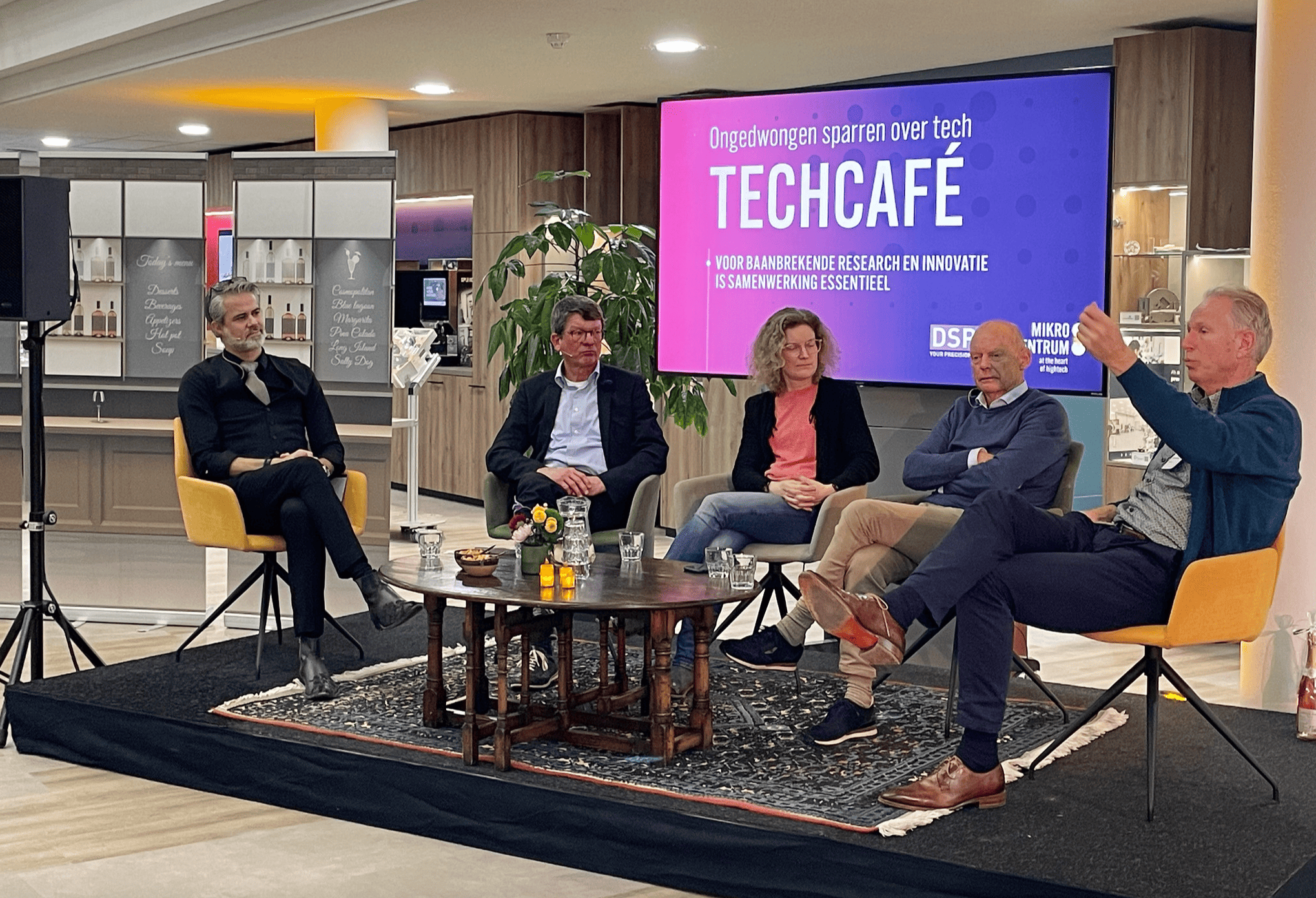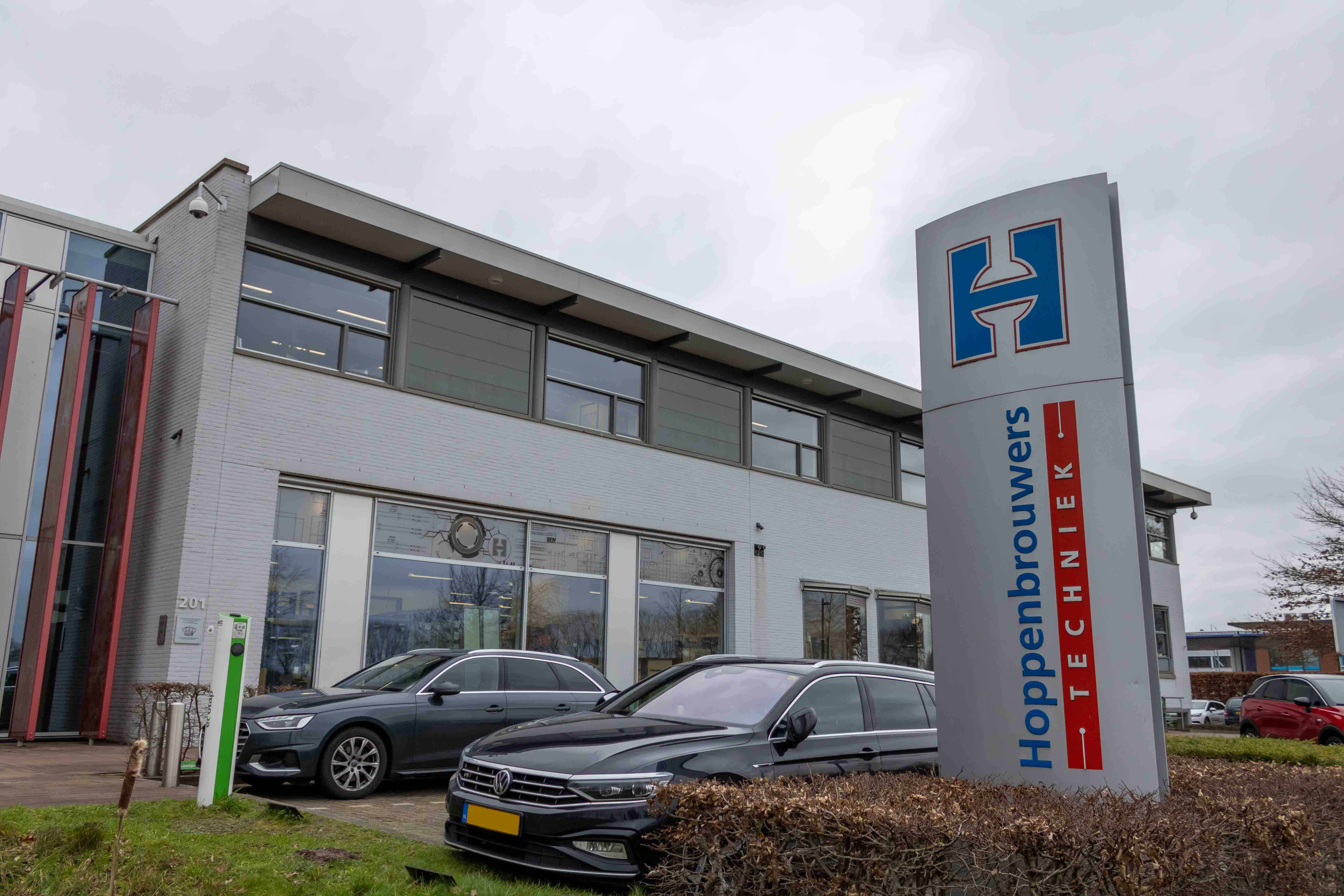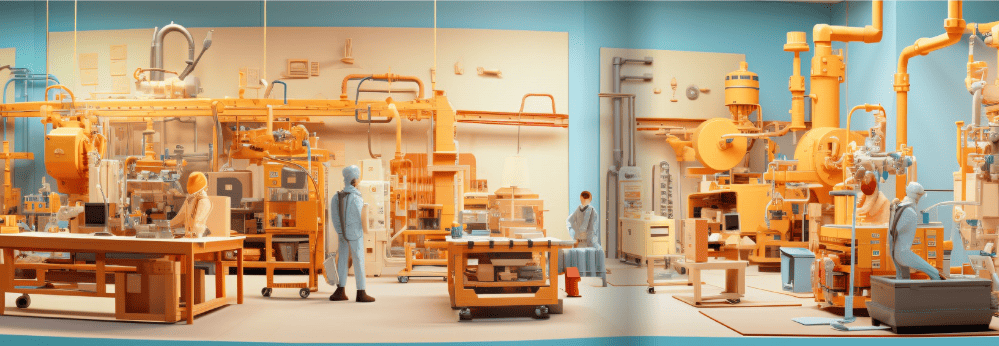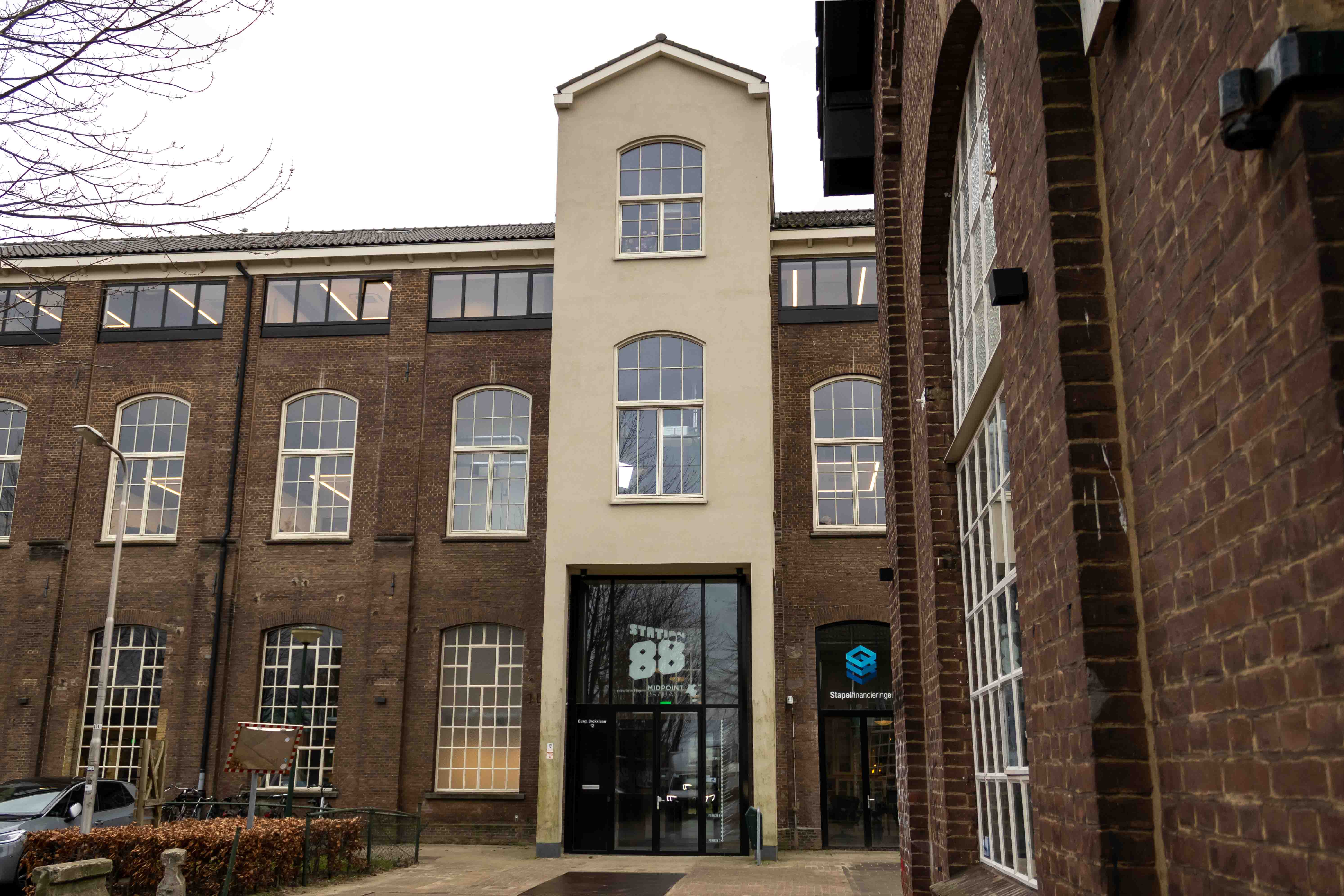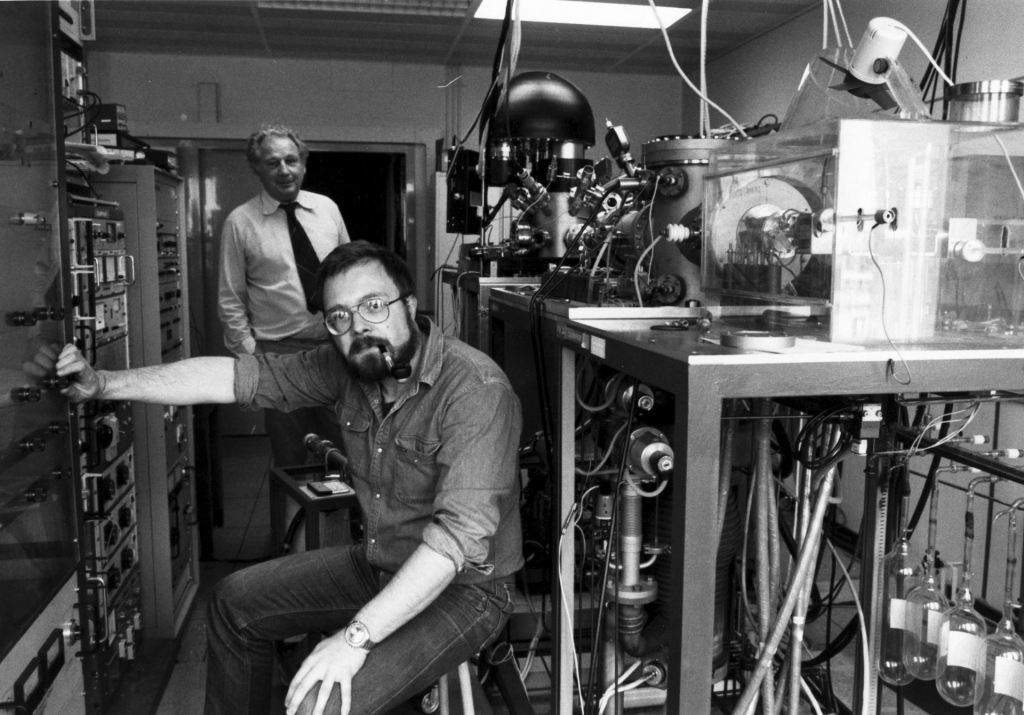
“Precisely because things are going so well in Brainport Eindhoven, it is important to link the power of today to the challenges of tomorrow. According to Arnold Stokking, Managing Director Industry at TNO and initiator of the future exploration of Brainport Eindhoven; where are the opportunities for the region when it comes to innovation and new business models in 2038? In this biweekly column, Stokking and those directly involved explain important points from this future exploration. Here the previous episodes.
When it comes to ideas for future exploration, quite a few technicians in Brainport Eindhoven like to look back at the past. ‘If only the NatLab still existed as a breeding ground for innovation, then everything would be fine’, is the mantra of their nostalgic view. And they are right when it comes to the fact that the region owes much of its current success to this. But that does not mean that we can extend that line to the future in the same way. With technological breakthroughs alone, we cannot get our society through the 21st century. Then we will lose half of that society along the way.
After all, the Natlab’s success is also due to the spirit of the times, when such a place for inventors – where not only industrial but also fundamental research was done – did indeed help a group like Philips leap forward. And because Philips took good care of its employees, the company’s success also accelerated the development of the city of Eindhoven, which ultimately led to the current Brainport. We (hopefully) know the history of our region. Then we will also know that in the heyday of the Natlab, tens of thousands of people from the region worked at Philips. So it was a social and dominant employer, but that time is over.
In fact, the world today looks completely different. Digitisation connects everything. Globalization and the rise of data giants created new social concerns such as privacy protection. But there were also many new opportunities that offered many more possibilities, enabling us to take a much broader approach to the organisation of our future. However, this approach has to change; innovation nowadays starts in many places with initiatives in society, more than from a central lab. The approach must also become much more inclusive in the context of social acceptance.
“I see salvation in large, iconic hotbeds in which people from all sections of society are involved: industry, knowledge, trade and ‘ordinary’ inhabitants. Living labs in which all these parties work together on future scenarios.”
I, therefore, see salvation in large, iconic hotbeds in which people from all sections of society are involved: industry, knowledge, trade and ‘ordinary’ inhabitants. Living labs in which all these parties work together on future scenarios. A good example is Brainport Smart District, a district in Helmond Brandevoort where ‘technology goes hand in hand with social cohesion’, according to its website. In that living lab new sustainable systems, materials, products, processes and services are integrated, applied and tested. A place par excellence to work on answers to the major issues in the area of mobility, health, food production and safety; precisely those global challenges that we all face. And for that, we need living labs, with space for creative solutions that involve more than technology.
Brainport Smart District is a true source of inspiration in the search for how we should organise the future. Because there is a great deal of free thought about the question ‘how to organise a district’. Just like the Brainport Industries Campus (BIC) is a source of inspiration as a progressive work and learning environment where knowledge institutions and companies come up with ideas and business cases together. And suppose we apply the philosophy behind Brainport Smart District and BIC to the development of Eindhoven Airport, to make that airport more sustainable and versatile? I’m thinking of a ‘Passenger Terminal Eindhoven‘ or something similar. An infrastructural connection point where station and airport meet and you can just as easily get on the train to Deurne as you can on the plane to London. Another example: a method by which motorists are intuitively transported through the city to parking garages, without traffic jams. In short; hotbeds of inspiration where there is room for experimentation for citizens’ and businesses’ initiatives.
If we harness such important social aspects in this creative, multidisciplinary way, we at Brainport will soon have a truly global role model. We can do that, just look at the area development of Strijp-S and Strijp-T. Or the High Tech Campus Eindhoven, where I work myself. The fact that Rick Harwig, former CTO of Philips Research, opened the gates of this area and explicitly invited new organisations such as TNO to establish themselves here, gave an enormous boost. Bottom line of all these examples? A party that initially directs and initiates but then hands over the implementation to various other players. That is the way to shape the future together. And of course, we also need bulk technology for that. A Natlab will certainly help because hotbeds demand a lot of technology. Fortunately, we’re still very good at that!
To map the future of Brainport Eindhoven as broadly as possible, all ideas are more than welcome. If you would like to think along with us, please contact us at [email protected]
Main photo: Ed van der Elsken, 1984 (NatLab)


